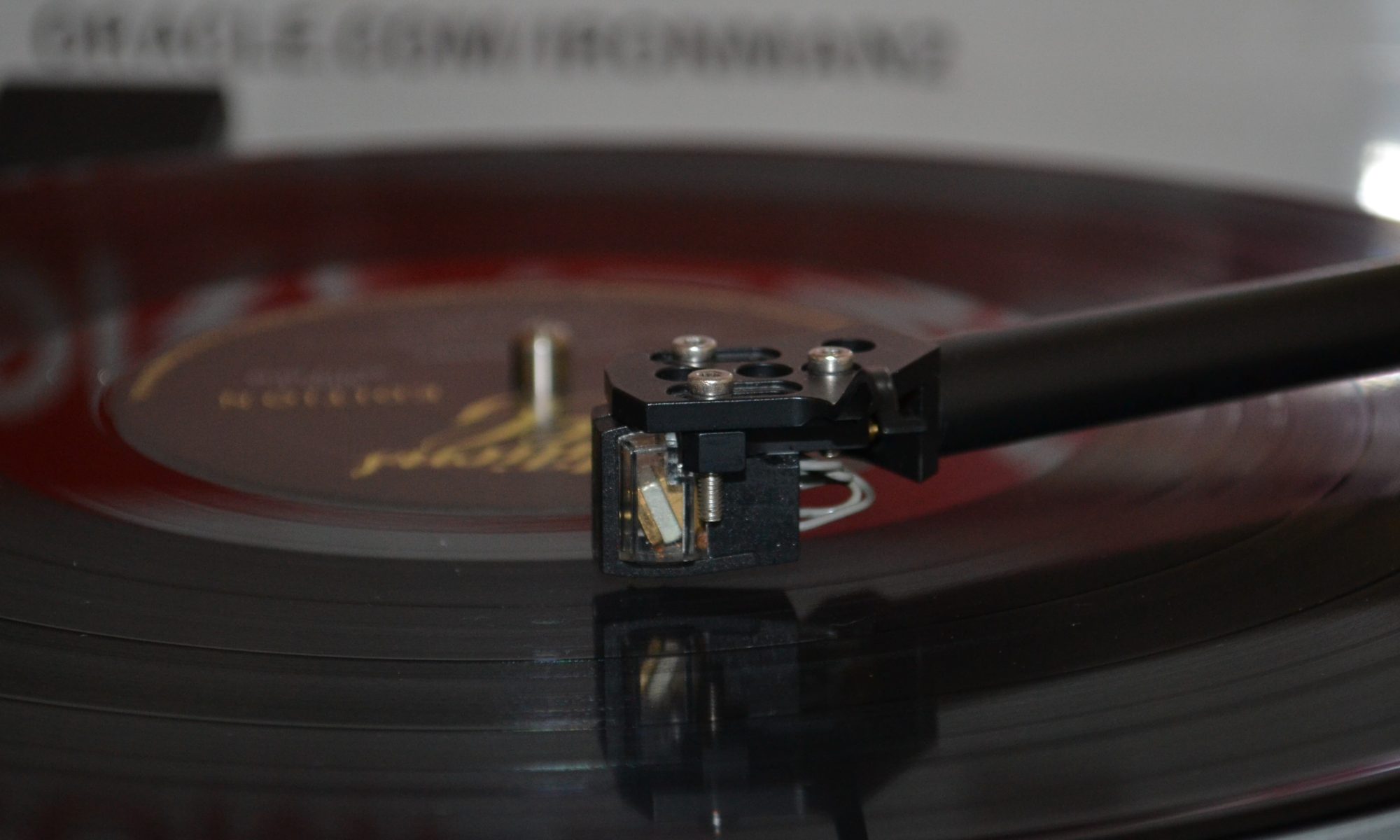Well it’s been a long time since my last post!!! As you may know my main source of income is as a Mainframe Solutions Architect for a U.S. corporation, and I’ve been working in several projects which have taken much of my time, but I’m back!
What have I been doing in the audio world? Well, turntable setups are still strong, some audio gear repair attempts (some successful, others not), and one interesting development was that I went to my first Audio Show ever, the Capital Audio Fest in Washington D.C., the weekend of November 11, 2022. My friend José Ramirez, aka Dr. Vinyl, asked me if I could help him managing one of his four demo rooms and I gladly obliged! José and me have been friends since he was my customer back in the mid-late 80s while I worked in precision Audio, so we go a long way back.
The room we set up had the following gear:
Reed Muse 3c turntable
True-Glider tonearm
DS Audio DS-3W optical phono cartridge with equalizer
Backert Labs Rhythm preamplifier
McGary Audio SA-1E amplifier
Usher Labs ML-801 speakers
Here is a picture of the setup in the demo room.

Those of you who know me, I’m not a tube gear guy, and I was really impressed by this system!!! Price? Over $75,000 USD, expensive for some of us but not for some big rollers that visited the room and were ready to open their checkbooks to purchase it.
My personal highlight of this setup was the Reed turntable, True-Glider tonearm, and DS Audio optical cartridge. This combination is one of the most musical, tuneful, and dynamic I’ve ever listened to, and it goes against all I have learned in my over 40 years as a vinyl lover. Contrary to gimbaled or uni-pivot tonearms this one just hangs from a string, there is no bias/antiskating to set and it wobbles!!! The friction levels are so low that the force created by the friction between the stylus and the record is enough to force the tonearm to basically align itself to the record allowing it to track it in a way similar to a tangential arm. Seriously it goes against everything I’ve learned but I was really impressed by it.
On the phono cartridge, the DS Audio DS-3W, instead of using coils or magnets as generators, it use light variations to determine the signal levels to be sent to the equalizer/phono stage. There is a pair of light emitters and light sensors, and between them there is a shading plate that is attached to the boron cantilever. This shading plate is a lot lighter than both coils or magnets, it is made of beryllium, and allows the stylus/cantilever assembly to react more quickly to groove variations.
On a personal note, I had the opportunity to met several well know audio personalities but the one I enjoyed the most was Carl Marchisotto, the famous speaker designer for Dalquist, and now designer and owner of NOLA speakers. Really enjoyed the time I spent talking to him, his wife, and daughter, specially the few hours we spent at José Ramirez house and demo room. Carl is a pleasure to talk with and an avid music lover.
I’m looking forward to this year’s Capital Audio Fest show!!!
Enjoy!
Vic

